
We are thrilled to share our step-by-step process for upgrading to Windows 11 Pro; this allows unlocking your system’s full potential. This becomes perfect for anyone who wants more with the system.
Our guide is targeted toward helping both home and business users by taking them through the complete process and thereby ensuring a seamless transition.
We are going to keep the guide as simple as possible. It will help you upgrade Windows 11 Home to Pro using CMD commands, starting from its benefits to troubleshooting common errors.
Upgrade to Windows 11 Pro for more advanced features and settings. That is, this will be an upgrade through the conversion of Home to Pro using CMD commands. A Windows 11 upgrade may give access to advanced security features and settings. Our guide will walk you through the entire process, from start to finish. We’ll cover troubleshooting common errors to ensure a successful Windows 11 Pro experience.
The upgrade is targeted at both home and business users.
Considering upgrading from Windows 11 Home to Pro? It is essential to know the benefits and features of this system upgrade. Some of the advanced tools introduced in Windows 11 Pro include BitLocker encryption, Remote Desktop, and group policy management. These features of Windows 11 Pro will enhance our computing life and facilitate remote work in a much more constructive way.
Since we will proceed, the legal side has to be considered. We really need a real product key and follow Microsoft’s specifications. In this way, it will cause no problem with the system upgrade.
Windows 11 Pro for business and power users. It includes more advanced features and security than the plain version, better suited for those who need more control and options.
Upgrading to Windows 11 Pro comes with many benefits, including:
Advanced security features, including BitLocker encryption
Better support for remote work, including Remote Desktop
Advanced group policy management
Better performance and reliability
Firstly, before upgrading, we must have a valid product key and follow the rules of Microsoft. This is a very important step to avoid any hitches and make the system upgrade smooth.
Pre-requisites Before We Proceed Before proceeding with the upgrade process of Home to Pro, let us ensure a few things. First, we should check whether the system requirements for our computer meet the minimum set by Windows 11 Pro, which includes checking the processor, RAM, and storage for their sufficiency to run the OS. This will help prevent any issues when upgrading.
It’s also very important to make sure whether our system is activated and if we have a valid product key. Check for any available updates and install them. This will make the upgrade process smooth. By doing this, we are assured that the conversion will go off without glitches.
Some of the key things to be checked before the beginning of the conversion are as follows:
Hardware specifications, including processor, RAM, and storage
The system is activated with a valid product key, pending updates installed for a smooth upgrade process. With these steps and the checking of system compatibility, we are good to go with the initiation of conversion. A good compatibility check helps us avoid problems and makes transitions to Windows 11 Pro smooth.
Backing up your system is one of the important things you should do before making major changes to your operating system. This is a precautionary measure that protects you from losing your data. You can create a restore point so that in case something goes wrong, you can revert to this state.
You can create a system backup in several ways. Tools such as File History may be used to save your files, or you could use third-party software for that matter. It would also be wise to encrypt your files or store them in a safe location. That provides added security and a peace of mind.
Creating a System Restore Point
To create a system restore point, follow these steps:
Open your Control Panel and click on System and Security
Click System, then click System Protection
Click Create, then follow the wizard to create a restore point
Data Backup Methods
There are many ways to backup your data. Here are some of those:
External hard drives
Cloud storage services like Google Drive or Dropbox
USB flash drives
A back-up of the system guarantees that files are safe, so you do not lose any data, and that keeps you on the safe side because, as many say, “Better safe than sorry.”.
| Backup Method | Pros | Cons |
|---|---|---|
| External Hard Drives | High storage capacity, fast transfer speeds | Can be bulky, prone to physical damage |
| Cloud Storage Services | Convenient, accessible from anywhere | Dependent on internet connection, possible security risks |
| USB Flash Drives | Portable, easy to use | Limited storage capacity, can be lost or damaged |
The product key will be needed to upgrade to Windows 11 Pro, buy it from Microsoft or any other authorized resellers as a way of evading legal problems and fake products.
We will have to buy a product key this time, too, but for Windows 11 Pro to provide us with the license for our OS.
Things to remember during the purchase of the product key:
The product key should be for Windows 11 Pro.
Keep the product key in a safe place that you can look back on upon future activations or reinstallations.
Once we have our product key, we can upgrade. We need to enter our product key while setting up to activate our Windows 11 Pro. With a genuine product key, all the features are allowed to be at our service; for example, better security, business tools, and so on. To buy from trusted source with Cheap price click here
First, open the Command Prompt as an administrator to upgrade to Windows 11 Pro using CMD commands. This is very important because it will grant us the necessary permissions to execute the required commands.
There are a few ways to open Command Prompt. We can use the Start menu, search in the search bar, or press the Windows key + X. After opening, we will look if we have admin rights by the title of it. It should say running as an administrator.
Different Methods Opening CMD
Opening From the Start: In the “Open” box from the Start menu, we start typing “cmd” and highlight “Command Prompt.”
Search: Searching on the search icon for “cmd” and hit “Command Prompt”.
Window’s key along with X- Press the windows key + x to go to the ‘Command Prompt-Admin’ menu and select Command prompt Admin to open
Check if you have Administrator Privileges
We check the title of the command prompt to make sure we have administrative rights. It should say “Administrator” or “Admin.” That will confirm that we have the elevated privileges to upgrade to Windows 11 Pro.
Now, we are going to upgrade using the Windows CMD commands. Now we are changing your edition of Windows using the “slmgr” command; this is an important step in activating the new Windows edition.
First of all, you will be needing a product key. Open Command Prompt as an administrator and type: slmgr /ipk. Just replace with your actual key.
slmgr /ipk : Activate the new edition of Windows
slmgr /ato: Activate Windows
After execution, you need to restart your system. This upgrade may take some time. You can see this in Windows Update and in Command Prompt. Monitor it for a smooth upgrade.
Steps to Execute
To complete the upgrade, follow these steps:
Change your edition of Windows command
Restart your system
Check Upgrade Progress
Follow these steps and proper use of the CMD command to upgrade your Home to Pro. Note, watch the progress and show patience; this may take a little while.
After the upgrade, we need to check if our system is running Windows 11 Pro. This is an important step, just to make sure everything is set. We will be checking the system properties to ensure that we are running the correct version of Windows.
This will be verified with a system check. Check through the system properties for the success of the upgrade. We can also check out some new features and settings in Windows 11 Pro to see if they will work.
Check the system properties to verify the edition of Windows
Look into what’s new in features and settings on Windows 11 Pro
Check for functionality on the system to ensure everything is working as it is supposed to be. By so doing, we will ensure that our system is running Windows 11 Pro smoothly and we can then enjoy new features and settings. If we find problems or some lacking features, we will have to troubleshoot or seek help.
With successful upgrades, we always get new features, settings, enhanced security, and new business tools. Verifying the upgrade thus means assurance of using our system to its full potential, at least in relation to the new features.
Upgrading to Windows 11 Pro from Home does not always go as smoothly as one would want. You may receive error messages due to incorrect product keys, failure to meet system requirements, or software conflicts. Knowing how to handle such errors is important. This guide will help you understand common error codes and how to fix them, ensuring a smooth upgrade.
Here’s a list of common errors and how to fix them:
Invalid product key: Check that the key is correct and has not been used elsewhere.
Insufficient system requirements: Check if your system meets the minimum specs for Windows 11 Pro.
Software conflicts: Uninstall conflicting software and try again.
For more detailed information concerning error codes and troubleshooting, refer to the table below:
Error Code Description Solution
0xC004C003 Invalid product key Verify product key and try again
0xC004F074 Insufficient system requirements Upgrade system hardware
0xC004F050 Software conflicts Uninstall conflicting software
By solving these common bugs, It will let you smoothly shift to Windows 11 Pro and efficiently solve any problems.
Upgrading to Windows 11 Pro brings added features and settings. These include security that is more advanced, business tools, and more control over our system.
Key features include integration with Azure Active Directory for use in secure business environments. There is also Windows Information Protection to help keep our data safe. Windows 11 Pro also includes Hyper-V for virtualization, Remote Desktop for remote work, and also offers Advanced Group Policy Management.
Business features: Azure Active Directory integration, Windows Information Protection, and advanced threat protection; Security enhancements: Windows Defender, firewall, and encryption; Advanced settings: Hyper-V, Remote Desktop, and group policy management. These features help us get the most out of our upgraded system. They offer a secure and managed environment for our business needs.
Exploring these features lets us use the advanced capabilities of Windows 11 Pro. This enhances our computing experience.
Well, that was a brilliant idea upgrading to Windows 11 Pro from Home using CMD commands, opening the full potentiality of your system. Get well-prepared, get your correct product key.
Windows 11 Pro is more secure, has advanced business tools, and offers a personalized experience. This is a good option for home users and professionals alike. The upgrade offers a lot of advantages, including enhanced data protection and better resource utilization.
Success in the upgrade will depend on your attention to detail and follow-through of the best practices. Be alert, and go through the various tips that aid in troubleshooting to make the transition smooth. Embrace to amplify your productivity, security, and customization today.
Windows 11 Pro has more features than Home. It includes BitLocker encryption and Remote Desktop. It also has better group policy management, making it safer and easier to manage for businesses and tech-savvy users.
Upgrading to Pro brings better security and remote work tools. You’ll also get more control over your system. Key benefits include advanced features, improved device management, and better support for remote teams.
Upgrading to Pro requires a valid product key and following Microsoft’s rules. Buying a key from an authorized seller is key to avoid legal trouble or using fake software.

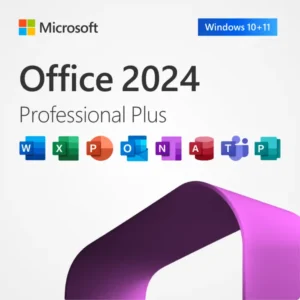
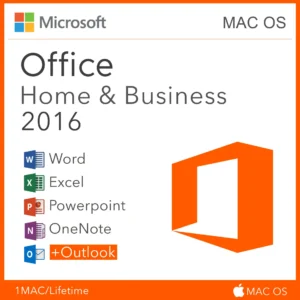

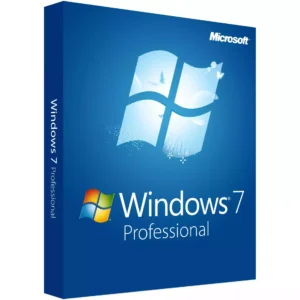
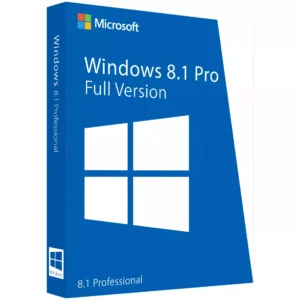
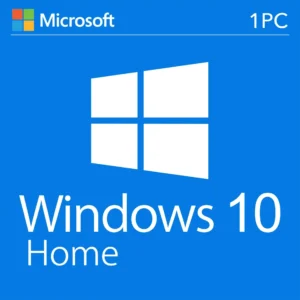
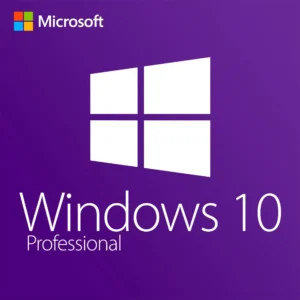

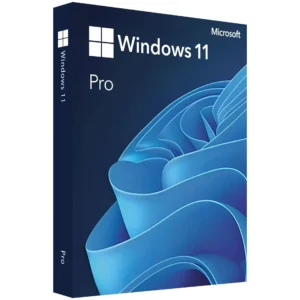
At Activation Keep, we are striving to become the top online store for software, a one-stop shop for digital downloadable products
Activation Keep designed by Activation Keep LTD
© 2025 Activation Keep | Microsoft Certified Partner | Activation Keep LTD | Company N: 14725825 | – All rights reserved
